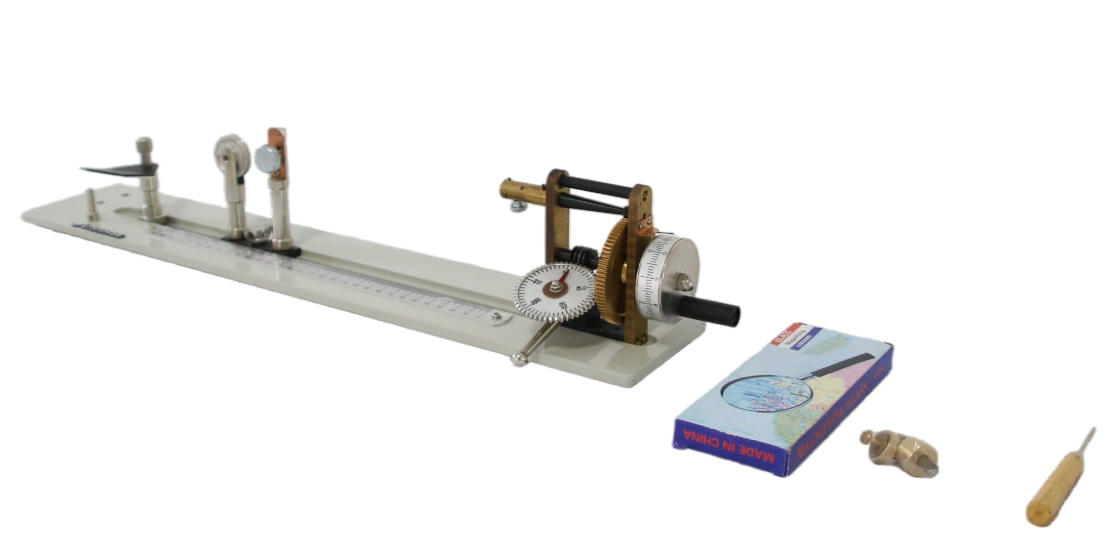 +86 152 6060 5085
+86 152 6060 5085
 +86 152 6060 5085
+86 152 6060 5085
Blog
Catalog
Latest Blog
A yarn twist meter is an important instrument used in the textile industry to measure yarn twist (the number of twists per unit length). Its operating accuracy directly affects the evaluation of yarn quality. The following are detailed usage steps and precautions:
I. Instrument preparation
1. Equipment inspection
(1) Confirm that all parts of the twist meter (clamp, counter, rotating handle, etc.) are intact and can rotate flexibly.
(2) Check whether the dial or digital display is reset to zero to ensure that there is no residual data.
2. Calibrate the instrument
Use standard yarn or calibration rod for calibration, compare the measured value with the standard value, and the error must be within the allowable range (such as ±1%).
3. Environmental conditions
Operate in a standard temperature and humidity environment (such as 20±2℃, relative humidity 65±3%) to prevent the yarn from shrinking or stretching due to environmental changes.
II. Sample preparation
1. Sampling
(1) Randomly select at least 10 samples from the yarn batch, usually 25cm or 50cm in length (depending on the standard requirements).
(2) Avoid selecting yarn segments with joints or obvious defects.
2. Pre-humidification treatment
Balance the sample in the test environment for 24 hours to eliminate the effects of static electricity and humidity.
III. Test steps
1. Fix the yarn
(1) Fix one end of the yarn in the left clamp, and fix the other end in the right clamp after gently straightening it, ensuring that the yarn is not loose or overstretched.
(2) Adjust the clamping tension according to the yarn type (e.g. 0.5cN/tex is commonly used for cotton yarn).
2. Untwisting operation
(1) Manual mode: Slowly rotate the handle or knob to rotate the right clamp until the yarn twist is completely untwisted (fibers are parallel).
Automatic mode: After setting the parameters, start the instrument, automatically complete the untwisting and record the data.
3. Record the number of twists
(1) Observe the number of twists (T) displayed on the counter, or record it manually using the dial.
(2) Repeat the test 3 to 5 times and take the average value to improve accuracy.
4. Calculate twist
(1) Twist (twists/m) = number of twists (T) / sample length (m)
(2) For example: a 50cm sample is untwisted 30 times, then the twist = 30/0.5 = 60 twists/m.
IV. Precautions
1. Operating specifications
(1) The untwisting speed must be uniform (usually 10 to 30 turns/min). Too fast may cause yarn breakage or data distortion.
The clamp must be aligned to prevent the yarn from tilting or slipping.
2. Data Verification
If the difference between multiple test results of the same sample is greater than 5%, it is necessary to check the stability of the instrument or resample.
3. Maintenance
(1) Clean the clamp regularly to prevent fiber accumulation from affecting the accuracy.
(2) Add light lubricant to the rotating parts to maintain flexibility.
V. Application Standards
Test with reference to international standards (such as ISO 2061, ASTM D1422) or national standards (such as GB/T 2543.1) to ensure comparability of results.
Through standardized operation and regular calibration, the yarn twist meter can effectively evaluate the yarn strength and weaving performance, providing a reliable basis for quality control in textile production.

Email: hello@utstesters.com
Direct: + 86 152 6060 5085
Tel: +86-596-7686689
Web: www.utstesters.com